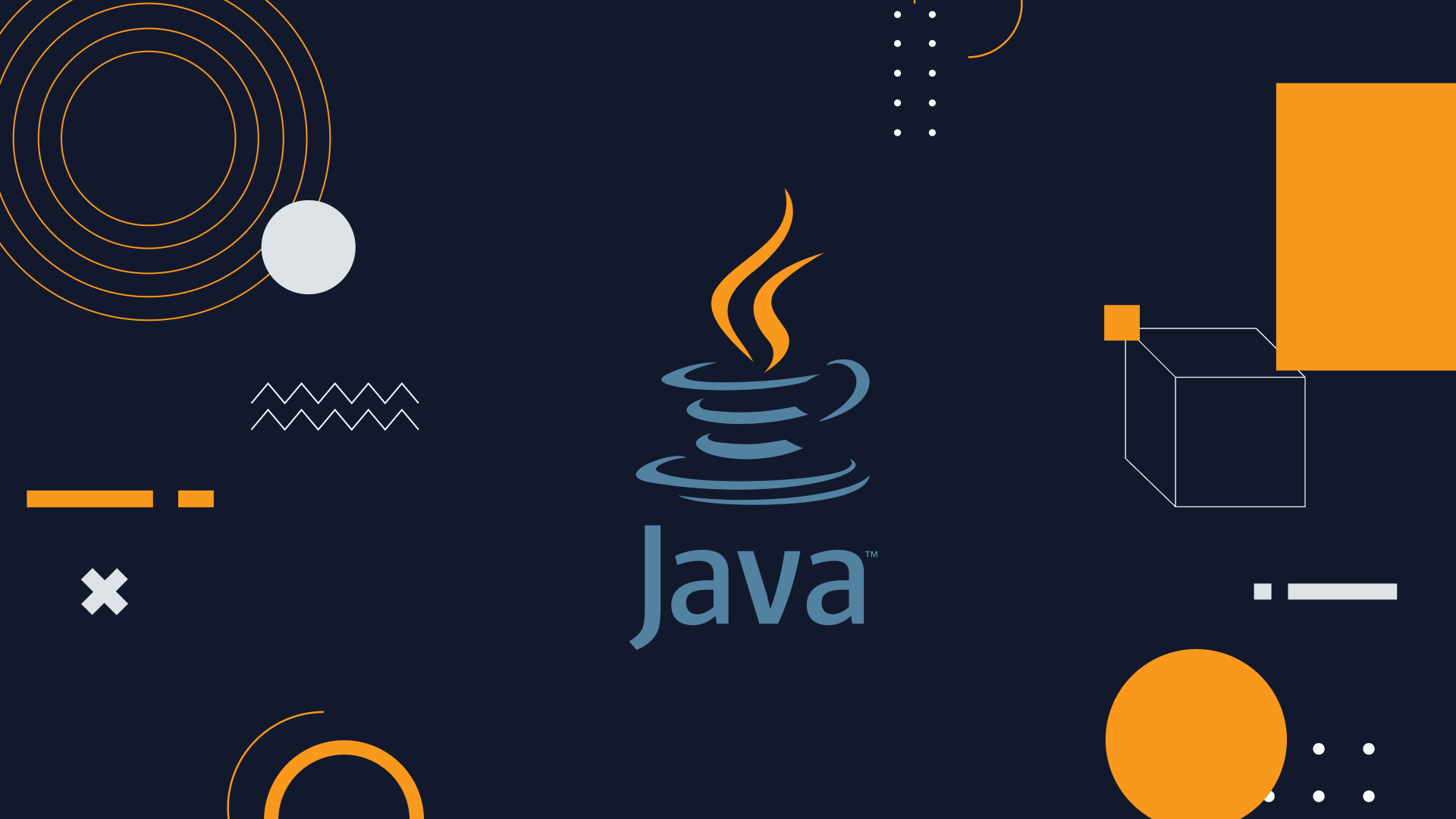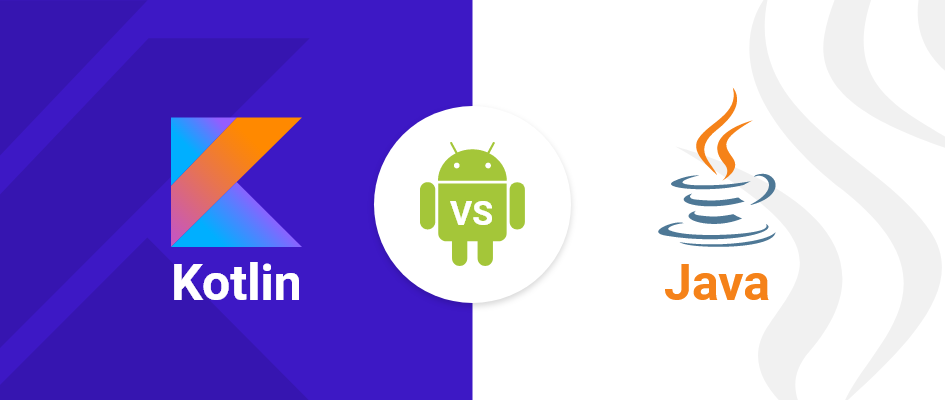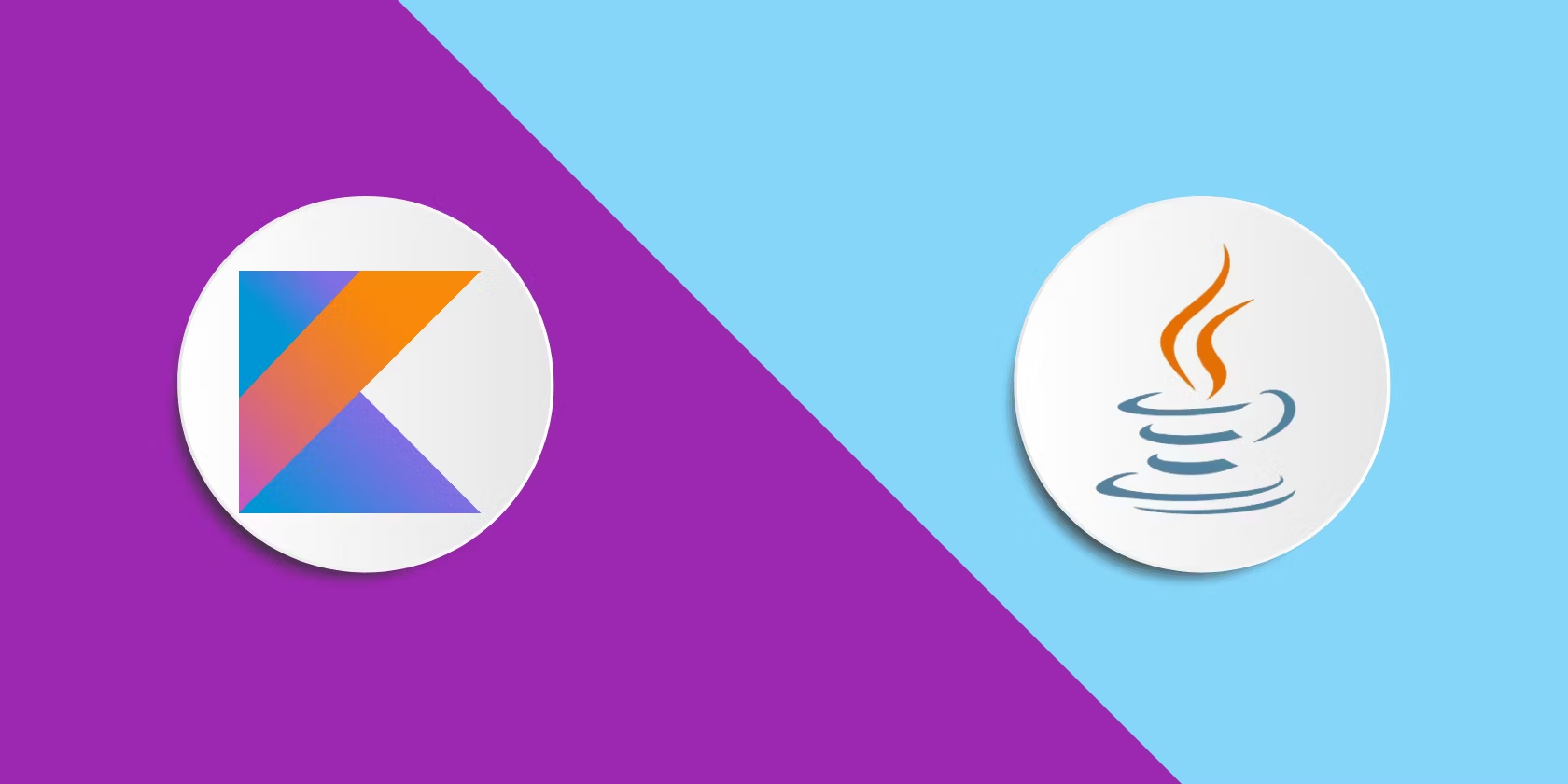Mobile apps have become an essential part of our lives, from connecting with loved ones to learning new skills or managing our careers. With billions of users worldwide, Android reigns supreme as the leading mobile operating system. In this article, we will delve into the Android realm to witness a clash of titans: Java vs Kotlin.
This in-depth manual will provide you all the information need to make a wise choice. We’ll dissect each language’s history, functionalities, and typical uses. Additionally, we’ve compiled a helpful table summarizing the key differences between Java and Kotlin.
So, buckle up and join us as we explore the unique strengths of both languages. This in-depth analysis will unveil how they can be utilized for app development, while also considering their broader applications. With a well-rounded understanding, you’ll be well-positioned to choose the optimal tool for your project.
Java: A Powerful and Versatile Tool
Java is a multi-faceted programming language that boasts object-oriented design, strong network capabilities, and a reputation for speed and security. Its applications are widespread, encompassing mobile development, enterprise software, and even big data solutions. Since its debut in 1995, Java has empowered developers to tackle diverse projects – from user-friendly mobile apps like social media giants to robust back-end systems for secure messaging platforms and large-scale corporate initiatives. Java’s extensive library collection provides developers with a wealth of pre-built solutions, accelerating the deployment process for projects of all sizes.Key Features:
- Object-Oriented: Java structures code around real-world concepts, promoting code reusability and maintainability.
- Automatic Memory Management: Java handles memory allocation and deallocation, freeing developers to focus on core functionalities.
- Platform Independent: Java code, once compiled, can run seamlessly on various operating systems without modifications.
Advantages:
- Cross-Platform Compatibility: Develop once, deploy everywhere. Java eliminates the need to create separate versions for different platforms, saving businesses time and resources.
- Security: Java prioritizes security, making it a trusted choice for applications handling sensitive data.
- Extensive Support: Java’s vast community and open-source nature offer a wealth of resources for developers of all experience levels.
Potential Drawbacks:
- Learning Curve: Java’s syntax can be more intricate for beginners compared to some other languages.
- Performance: While generally fast, Java may not be the optimal choice for applications where speed is absolutely paramount.
- Development Considerations: Java development might involve more code compared to some languages, potentially impacting development time and potentially introducing errors.
Popular Java Applications:
Java’s versatility shines through in the impressive range of successful applications it has powered. From entertainment and productivity tools to essential business solutions, here are some prominent examples: Spotify- OperaMini
- Nimbuzz Messenger
- CashApp
- NASA World Wind
- Wikipedia Search
- Minecraft
- NetBeans
- Signal
Unveiling Kotlin: A Modern Language
Kotlin is a powerful, open-source language designed to address limitations in Java’s API design and provide a smoother experience for object-oriented development. Combining strengths of both Java and Android, it offers features for both functional and object-oriented programming, along with automatic type inference. Kotlin’s success lies in building upon Java’s foundation, streamlining it with fewer rules, a more compact codebase, and a faster compilation process that leads to smaller app sizes. In essence, Kotlin offers developers a refined version of Java – cleaner, lighter, and more efficient to work with. This is a major reason why it’s become so popular among Android developers today. The advantages Kotlin holds over Java might even shape its future in the ever-evolving programming landscape.Features of Kotlin
Kotlin is a popular among developers worldwide thanks to its cutting-edge features and exceptional versatility. Here are some key highlights:- Seamless Integration: Kotlin integrates smoothly with the existing Java ecosystem, allowing developers to leverage their existing Java codebase within new Kotlin projects.
- Concise and Readable: Kotlin’s syntax is clear and requires less code compared to Java. This often leads to fewer bugs and a more streamlined development process.
- Versatile Programming: Kotlin supports both object-oriented and functional programming paradigms, giving developers more flexibility to approach problems.
- Modern API Design: Features like extension functions and higher-order delegates empower developers to create cleaner and more robust APIs.
Disadvantages of Kotlin
Despite its strengths, there are challenges developers might face while using Kotlin. Here’s a closer look:- Limited Resources: As a relatively new language, Kotlin has a smaller community and fewer resources compared to established languages like Java or Python.
- Compilation Speed: While there are instances where Kotlin surpasses Java in speed, it generally has a slower compilation process.
- Boilerplate Code: While Kotlin simplifies development with its declarative nature, generating bytecode for the JVM can involve more boilerplate code.
Top Apps Built with Kotlin
From industry leaders to innovative startups, Kotlin is gaining traction as a preferred choice for mobile app development. Here are some popular apps built with Kotlin:- Amazon Web Services
- Netflix
- Uber
- Coursera
- Square
- Trello
- Basecamp
- Quizlet
- Evernote








